Liner Notes
Iteration:
Do all big ideas need a large space? What is the scale of an idea? Where are the medium ideas? The stuff of thought creating Iterations doesn’t hold still much to measure. This idea fits in your pocket now, but requires about an hour to spatialize. Your ability to behold unpacks these ideas through time, in your own place. “Bedroomy”, “head phoneish”, “car ridely”. Within the work itself auditory space is limited but detailed through sound, so time is a left over facet of performance. How much would you say this recording weighs? Are the louder, delay-laden, tropes of a different weight than their onset sound object? And is it real or implied? How tall is this music? And how do we reconcile, through our listening, the actual space of small instruments, (cigar boxes, clock springs, thumb piano) into their amplified and then recorded, larger sound mass?
[In an elementary school science class I recall the teacher gave one student a small cube of steel, six by six by six inches and gave another student an empty card board box from a thirty two inch television. And the one student is struggling holding this small thing and the other is lifting this large object with ease.]
Well, I will tell you what I think. “No. It depends. Everywhere, given your perception. It is weightless. It is both real and implied. This music is as tall as you are, all of you listening, at once. And to reconcile the space dichotomy between the scale of the instruments and the sound produced I am sure it’s all in my head. Right between my ears.”
– John Collins McCormick, September 16 th , 2017
Revision:
Undertaking a listening to the Music of Rob Funkhouser is at once an invitation to gestalt thinking and a simultaneous critique of it; an exercise in mindfulness while being lost within your mind. As Jon Kabat-Zinn said in his 2005 address to the Psychological Network Symposium: “tiny reverberations can have enormous implications … Follow the sound of the tiny bells. Rest in the intrinsic wholeness of your own being. Rest in the experience of being here… in the moment, under thought, on the bank of the stream of thought” (or for those uninitiated to the sounds of New Music, “When you pay attention to boredom, it gets extremely interesting.”) When listening to this B-side, aptly named Revision, we are immediately challenged to listen to each piece as a whole: to establish rules from our experience, placing like sounds with like sounds and piecing the parts together in an attempt to understand what it is we are experiencing. However, as the title suggests, we must also be tempted to revise our own listening and explore each sound as a phenomenon unto itself. We must undertake these tasks simultaneously with the compositions of Funkhouser: where Kabat-Zinn would have us sitting on the banks watching the river of experience while experiencing what it is to watch it all float by, as the title of the fourth track (“Interpretation Becomes Synonymous”) suggests, Funkhouser wishes for us to also jump in allowing the experience and its interpretation consume one another.
Funkhouser is nothing if not a connoisseur and crafter of percussive sounds and experience. Revision pushes the boundaries between structures, surfaces (literally on tracks 2 and 7), and shapes of sound in his compositions. “Directionless,” which features Funkhouser himself and Indianapolis-based composer and performer Corey Denham, leads the listeners ear on a wandering path of contemplation. From simple thought to discordance of belief (1:52) to security and affirmation. The duo pulls you into the performance with the audible inhalation that precedes to moment of clarity in the chords at 2:45, which is then ushered away to return to a single note of contemplation. “Surfaces,” which receives two performances on this tape by the group out of Wright State University, Neutrals, plays with our perception of sounds surfaces. Throughout the work our perception shifts from layered sounds surfaces of diverse sounds: wood, metal, glass, skin, and the rending reediness of the chord organ which produces an intriguing sharp warmth. Our ears create a tonal topography of these structures that is replaced throughout the movements with new layers and overlaid maps of surfaces explored. In “Three Prayers for the Lost” and “Interpretation Becomes Synonymous” we are engrossed in the structures created by the sheer rhythm of the works.
The fifth and sixth pieces on this side, “The Meaning in the Moment” featuring pianist Leah Andricopulos and “Adrift” featuring pianist Meghan Bartsch, showcase Funkhouser’s ability to write for prepared piano. The emotive minimalism of “The Meaning” is truly the climax of this side. The emotional depth of the three-chord structure is increased exponentially—and in spirit of honesty, absurdly—by the presence of 300 ping pong balls which create their own sounds and swells interwoven with the impassioned playing of Andricopulos. This track, again, invites us to experience it over and over with new sound experiences infinitum. The parting sound of a ping pong ball hitting the floor and rolling away is a surprisingly powerful end to what could be interpreted on its face as a farce. But as Funkhouser demonstrates throughout his composition, the use of found percussion instruments, of milk frothers on tuned pipes, springs made for cars twisted into piano strings, 300 ping pong balls on a grand piano, all come together to create a serious, powerful collection of new music.
-Benjamin Holbrook
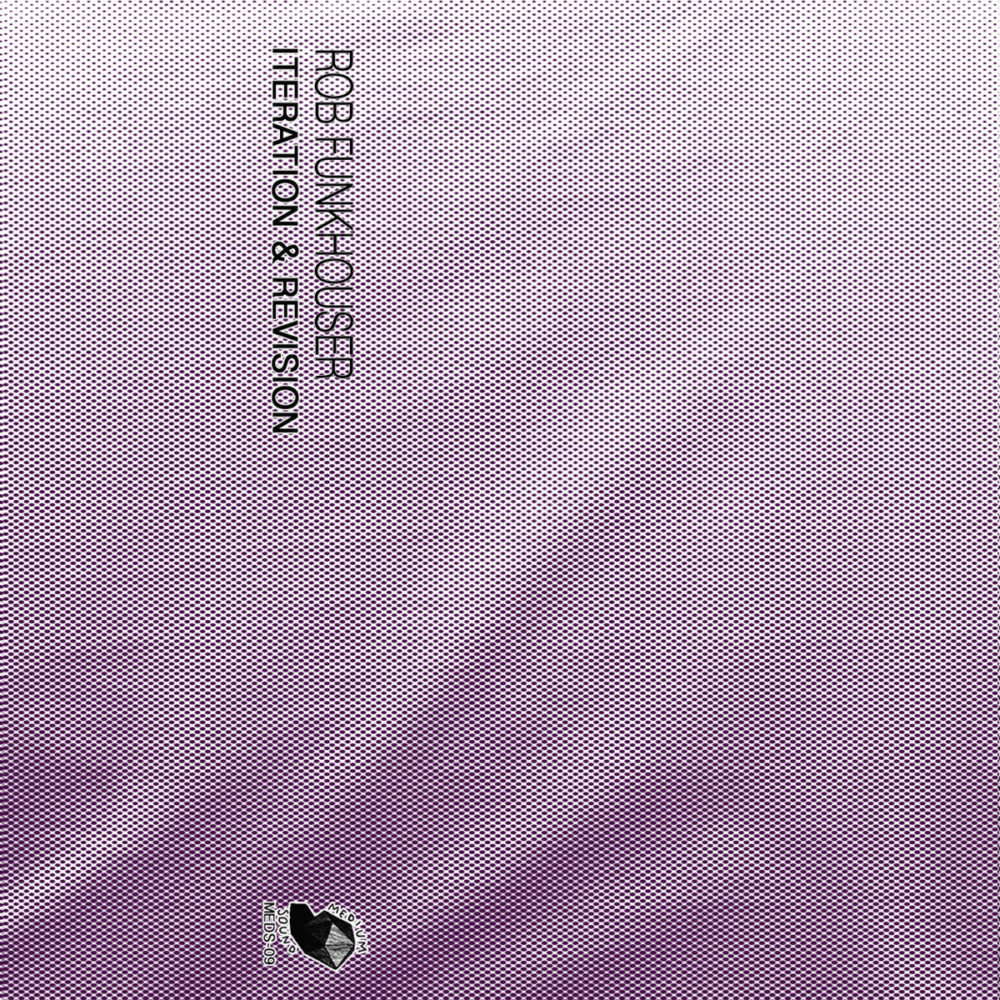
 Cristal Baschet Explorations
Cristal Baschet Explorations
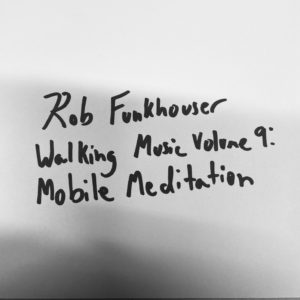 Walking Music Volume 9: Mobile Meditation
Walking Music Volume 9: Mobile Meditation
 Lenses and Rings
Lenses and Rings
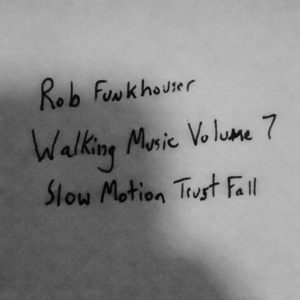 Walking Music Volume 7: Slow Motion Trust Fall
Walking Music Volume 7: Slow Motion Trust Fall
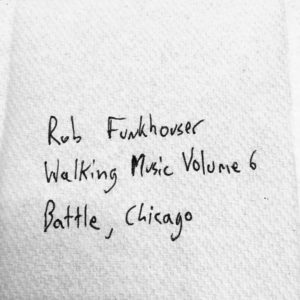 Walking Music Volume 6: Battle, Chicago
Walking Music Volume 6: Battle, Chicago
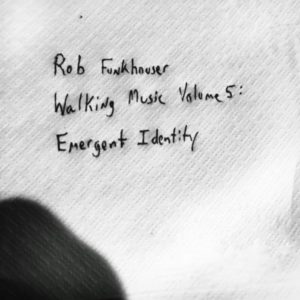 Walking Music Volume 5: Emergent Identity
Walking Music Volume 5: Emergent Identity
 Walking Music Volume 4: Music for Urban Stargazing
Walking Music Volume 4: Music for Urban Stargazing
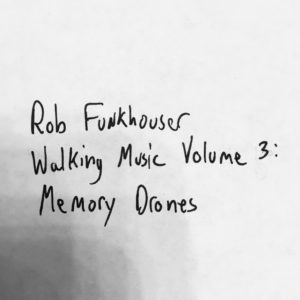 Walking Music Volume 3: Memory Drones
Walking Music Volume 3: Memory Drones
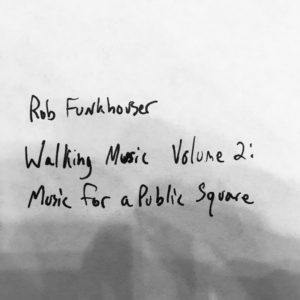 Walking Music Volume 2: Music for a Public Square
Walking Music Volume 2: Music for a Public Square
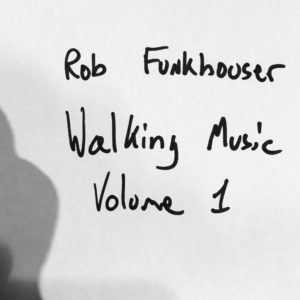 Walking Music Volume 1
Walking Music Volume 1
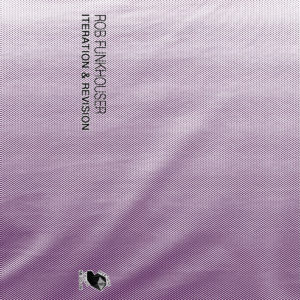 Iteration and Revision
Iteration and Revision
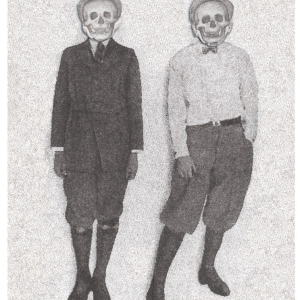 The Paradox of Motion
The Paradox of Motion
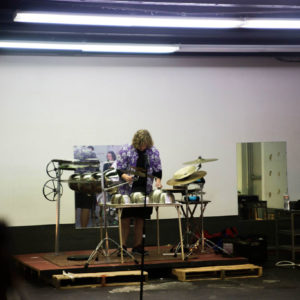 Live 2014
Live 2014
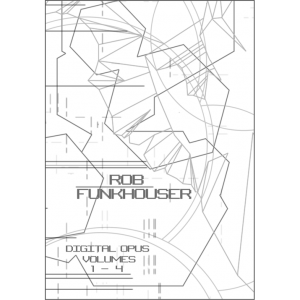 Digital Opus : Volumes 1-4
Digital Opus : Volumes 1-4
 Cerebral Machinations
Cerebral Machinations
 Singularity (In Four Movements)
Singularity (In Four Movements)
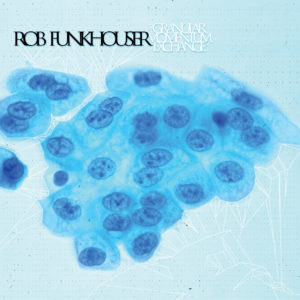 Granular Momentum Exchange
Granular Momentum Exchange
 This is Why Robots Are Taking Over
This is Why Robots Are Taking Over
 Prevention and Suspension
Prevention and Suspension